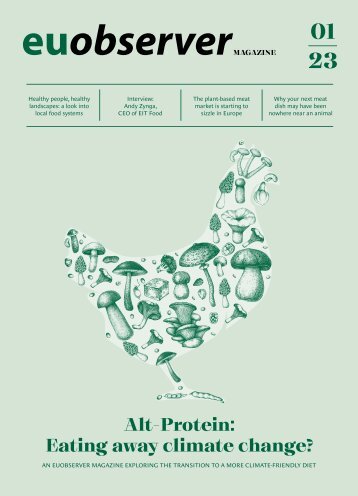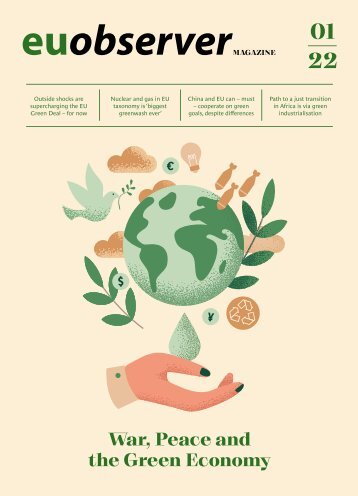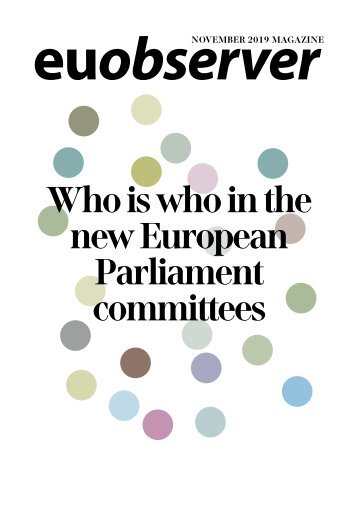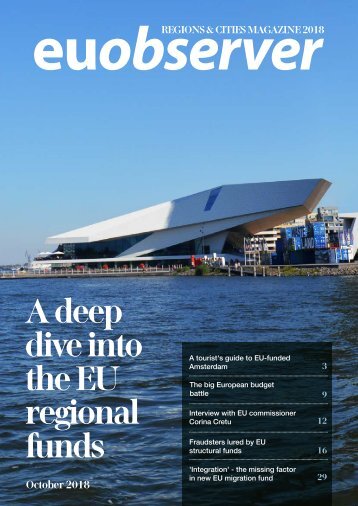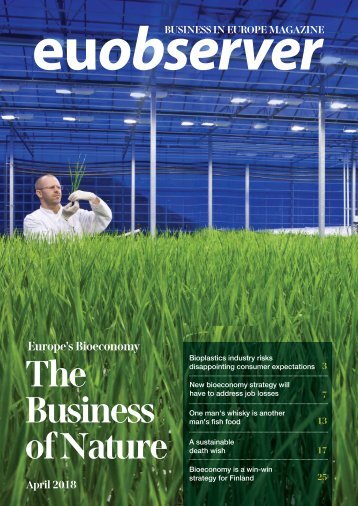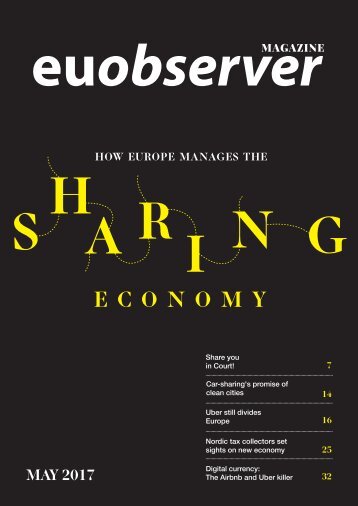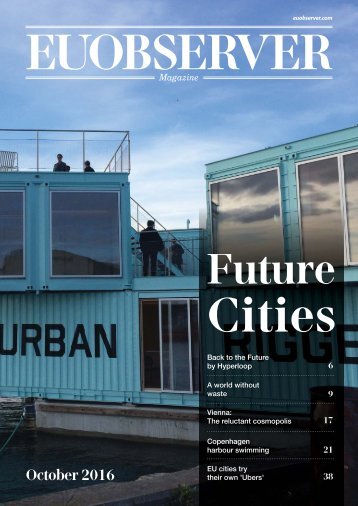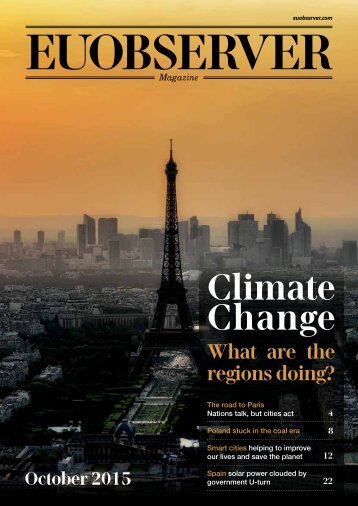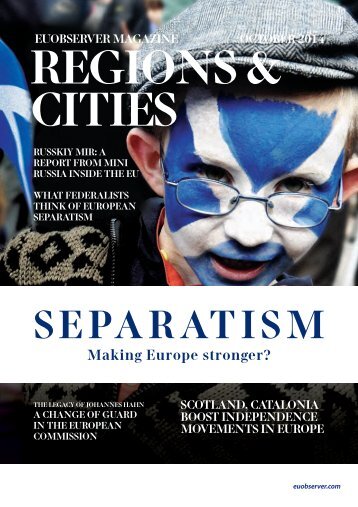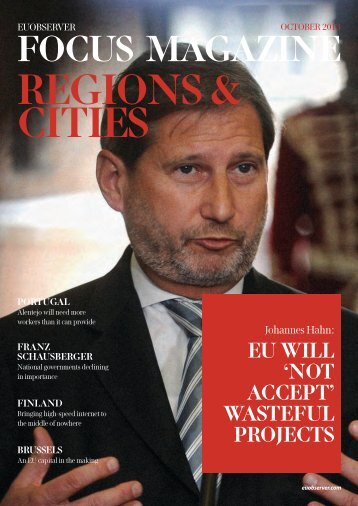Future Cities: Shaping Europe from the bottom up
- Text
- Regions
- Union
- Change
- Energy
- Housing
- Innovation
- City
- London
- Vienna
- Copenhagen
- Environment
- Europe
- Cities
- Hyperloop
- Cities
- Euobserver
Photo: Pedro Szekely
Photo: Pedro Szekely umbrellas, but when it rained, huge canopies unfolded to convert streets into arcades. It imagined a future London that was a cluster of green villages with artisanal economies and no modern transport. In a touch of satire, the Houses of Parliament had been converted into a dung market. NEW WALLS “new walls around our cities”. Pointing to Auckland belt had made its real estate among the priciest in the world - even though there is hardly a shortage of land in a country where sheep outnumber people. is good for people. The books inspired the “garden city movement” - the idea that towns should be orderly and utilitarian, but with natural elements. capitals”, four cited access to natural places as a down its old walls in the mid-19th century and replaced them with broad, leafy avenues, it added a new element to the European ideal - the green belt, a strip of undeveloped land engirdling the city. architecture at Edinburgh University, said that the instinct shown by the Zaatari refugees is part of the She said the hormone cortisol is an indicator of broader hormonal functioning, especially in response to stress. In healthy people, its levels are high when they wake up, then fall after half an hour. When her staff collected saliva from people in deprived urban areas in Scotland, they found that cortisol patterns were more distorted in those who had little access to green space. 14 — FUTURE CITIES OCTOBER 2016
for instance, women with access to nature have healthier babies. systems. Ward Thompson added that being in green areas appears to reduce stress through what she called “soft fascination”. CHINESE DYSTOPIA making with its rapid, but inhuman development that is environmentally and socially unfriendly.” problem” and that deprived urban areas must have attractive green places. busy street or a dark room,” she told EUobserver. “Trees swaying in the wind. Waves falling on the natural variations in patterns fascinating. They the old model with positive results. (green spaces on radial lines toward the centre that belt. fascination. Thomas More's the economics of Photo: nsula.edu FUTURE CITIES OCTOBER 2016 —
- Page 1 and 2: euobserver.com Magazine Future Citi
- Page 3 and 4: STUDENT VILLAGES ON THE WATER Stude
- Page 5 and 6: studio residences are created which
- Page 7 and 8: from Helsinki to Stockholm in half
- Page 9 and 10: A world without waste A garbage cri
- Page 11 and 12: A Swedish incineration worker watch
- Page 13: Thames. London School of Economics
- Page 17 and 18: Thanks to government-funded acco
- Page 19 and 20: RICH IN CULTURE AND MONEY These sur
- Page 21 and 22: Copenhagen harbour swimming Copenha
- Page 23 and 24: streams of small told EUobserve
- Page 25 and 26: WHY DON'T WE JUST DO IT? "It was
- Page 27 and 28: is now London's concentrated in on
- Page 29 and 30: © AER REVITALISING DEMOCRACY ACTIN
- Page 31 and 32: Last year, the mayor of Sellia, an
- Page 33 and 34: In Brussels, the last interestingin
- Page 35 and 36: Photo: John and Melanie (Illingwort
- Page 37 and 38: Culture. Photo: Lisbeth Kirk beer,
- Page 39 and 40: in the summer of 2009. Photo: Windw
Inappropriate
Loading...
Mail this publication
Loading...
Embed
Loading...

